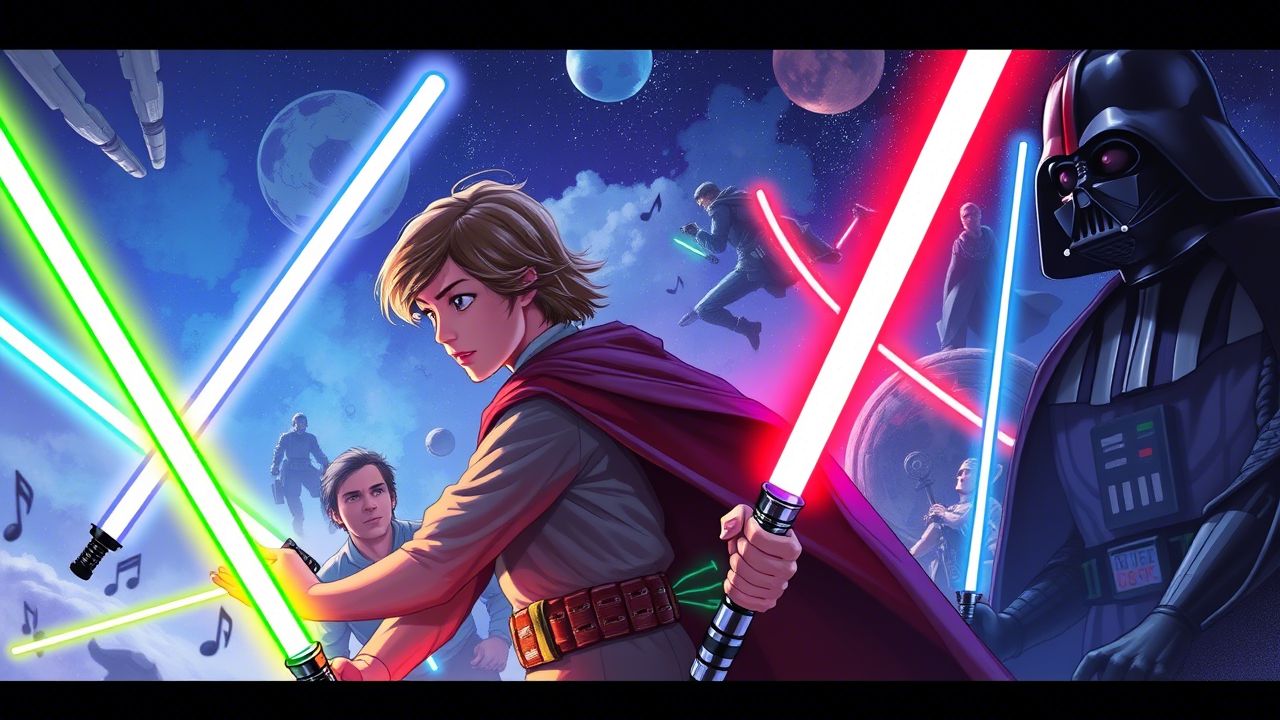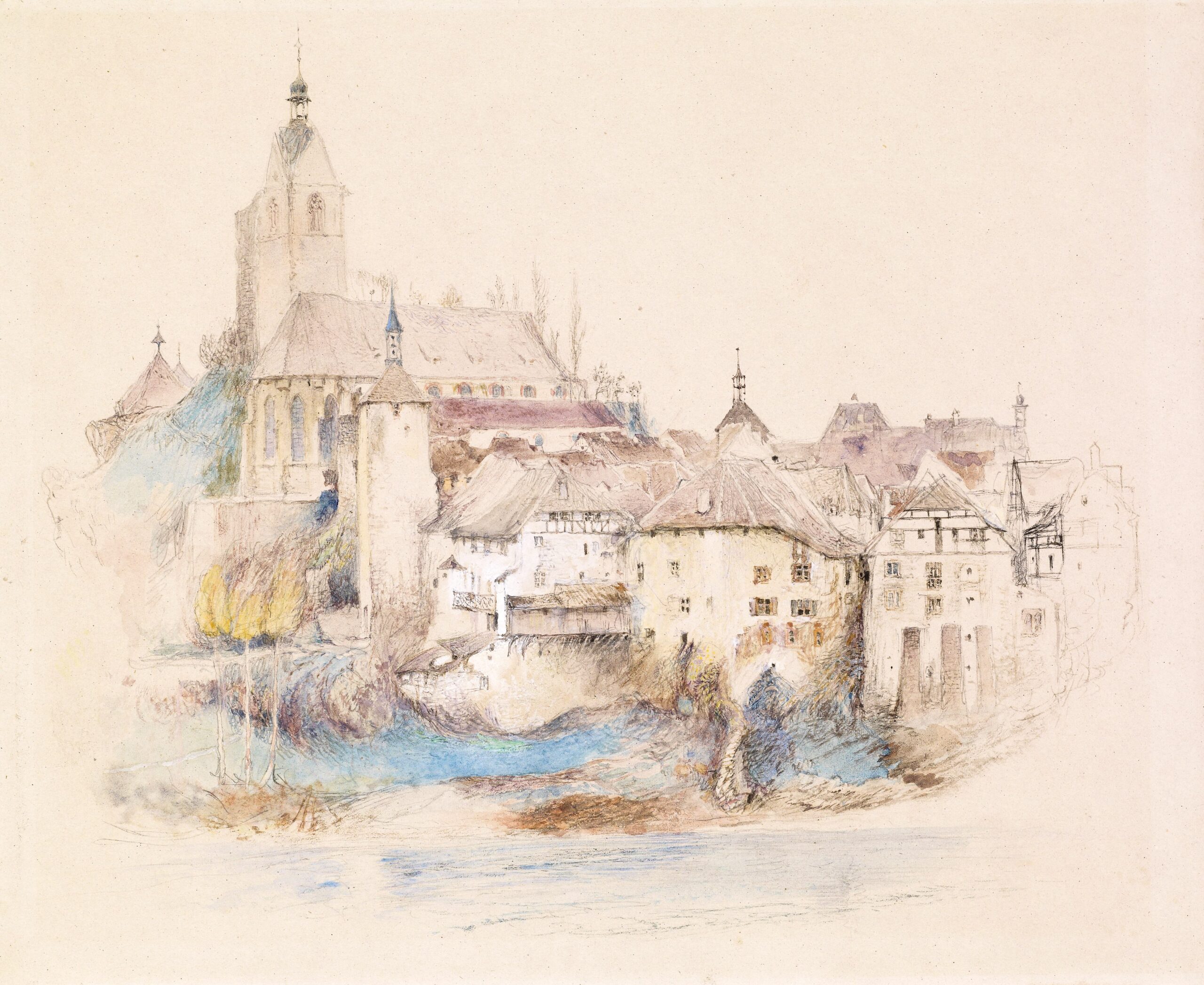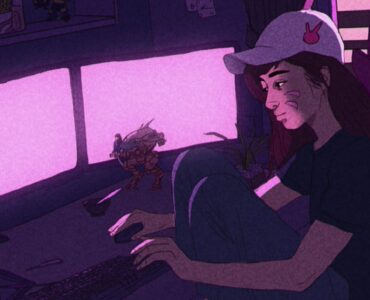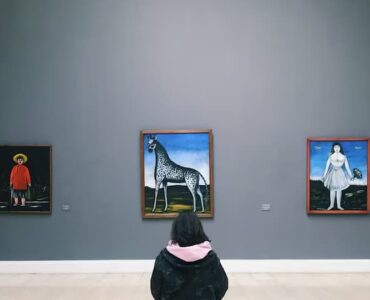There are moments in every illustrator’s life when the page resists. You sit in front of your sketchbook, stylus in hand or brush poised mid-air, and nothing quite settles into place. The composition feels stiff, the colors seem flat, and the light – feels like it’s struggling to find a direction.
It’s in moments like these that the most powerful tool might not be on your desk, but in your headphones.
Music has a way of entering the creative process like a ghost – unseen, intangible, but deeply present. It doesn’t dictate what you draw, but it shapes how you feel as you draw. And that emotion, in turn, transforms your lines, your values, your palette. Suddenly, shadows are heavier. Light is warmer. Color is louder. Story flows.
Among the many musical scores that have inspired visual artists, few hold as much emotional weight as the compositions from the Star Wars saga. John Williams’ orchestral landscapes are not just background sounds – they’re narrative forces in their own right. Whether it’s the swelling tension of “Duel of the Fates” or the hopeful swell of “Binary Sunset,” this music isn’t just heard – it’s felt. It’s almost impossible to listen without seeing something in your mind’s eye.
And that’s the essence of illustration.
If you’ve ever found yourself in a creative fog, try turning to the classic trilogy soundtrack. Not just to reminisce, but to let your work be guided by melody. Allow the mood of the music to become the atmosphere of your scene. Perhaps a dimly lit corridor becomes more mysterious, or a character’s silhouette gains a tragic edge you hadn’t planned. Color choices shift subtly in response to rhythm. Brushstrokes find new urgency in sync with a percussive march. The music doesn’t just accompany your process – it amplifies it.
Think, for a moment, about how Star Wars uses light. Tatooine’s pale suns, the stark contrast inside the Death Star, the radiant red and blue clash of sabers in the dark. These are not accidental aesthetics — they’re part of an emotional language built through careful orchestration of light and sound. For illustrators, this is more than inspiration; it’s a masterclass in narrative design.
The way we perceive light in a composition – whether digital or traditional – is deeply tied to emotion. Brightness alone isn’t enough; it’s the feeling that light evokes which gives it meaning. And music helps shape that feeling.

Illustration, in its purest form, is a kind of silent cinema. We freeze moments that suggest movement, emotion, and story. A figure caught mid-turn, a landscape pulsing with tension, a glance that tells an entire backstory — all of it without a single word spoken. But unlike filmmakers, we have to imply sound through sight. Every brushstroke, every contour, every glimmer of reflected light must carry within it the whisper of what’s being felt, said, or heard.
That’s where listening becomes essential. If your scene had a soundtrack, what would it be? Would it tremble like a cello before a storm? Would it shimmer like wind chimes in sunlight? How would that influence your choice of palette — the temperature in your color, the harshness or softness of a shadow, the tension in a line, the rhythm of repeated elements across the page?
Sound gives emotional context to visuals, and when artists learn to internalize that rhythm, the result is work that feels alive — like it’s breathing between the lines. It becomes a synesthetic conversation: the ear guiding the eye, the heart translating the unheard into the seen.
And it’s not just for professionals. Whether you’re a student beginning your first sketchbook or a working illustrator refining a visual novel, feeding your imagination with layered sensory input can open creative doors you didn’t even know existed. Let ambient soundscapes guide your lighting choices. Let orchestral swells suggest gesture. Let a lone piano note stretch across a white page until it becomes the seed of a forest, or the echo of a city alley at night.
Don’t underestimate the power of stepping into a story world — not just visually, but audibly — and letting it move your hand. Art doesn’t have to be quiet while you make it. Sometimes, the noise is the map.
So next time you light a candle, open your sketchbook, and find yourself struggling with blank space, press play on the familiar rise of strings, the echo of destiny, the tension of a galactic duel. Let your heartbeat sync with the rhythm of a story larger than yourself. Let it inhabit your pen. Let it shape your decisions without asking for permission.
See what emerges. You may find your colors become bolder, your shadows deeper, your compositions more courageous. You may find that even your silence — as an artist — now carries a soundtrack.
Because sometimes, the best way to paint light… is to first listen to it.



